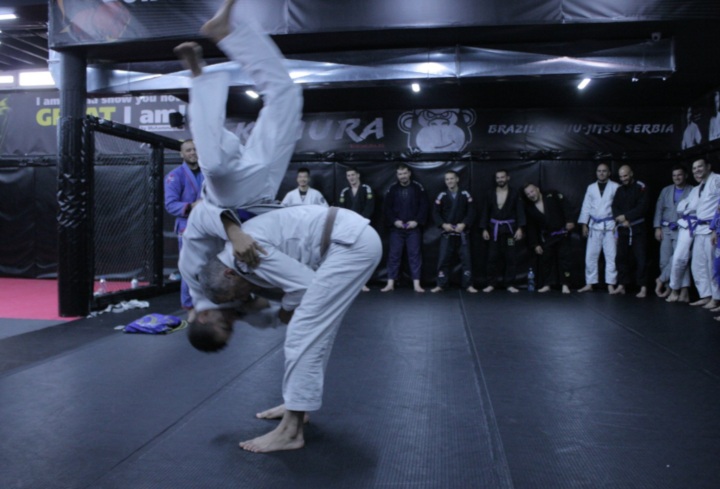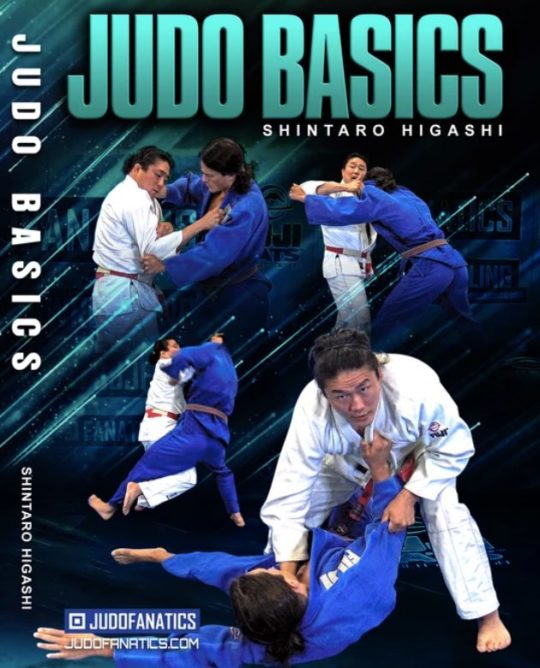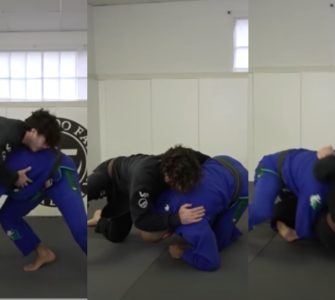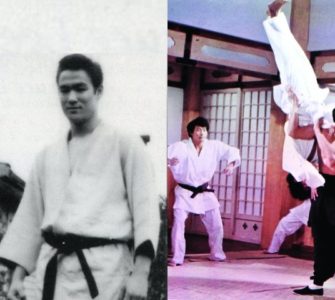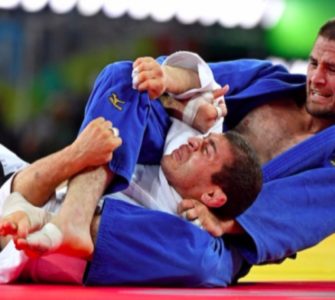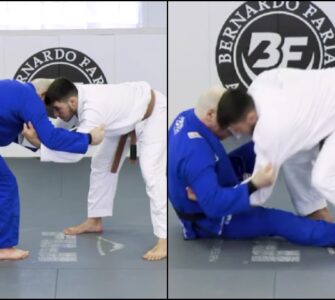You either love or hate it; but you need Judo training in order to improve your Brazilian Jiu Jitsu. Plus, if you enjoy those small details that make everything work in Jiu Jitsu, then you should definitely take Judo into your full embrace; as it is those small tips and details, too, that will make your Judo throws successful.
Tips and details! Neil Adams, one of the world’s best technical judokas and a winner of Olympic and World Championship medals, has prepared 10 very important throwing tips… Which will greatly help with your technique training and elevate your Judo to a new level!
USE YOUR KUZUSHI ARM WELL
Neil says that most people think that you need to pull your opponent upwards in order to get them on their toes – but it isn’t so. It’s actually more of an arch, where the arm that is pulling your opponent’s sleeve has to be able to freely rotate; this is why you look at your „wristwatch“ when you are doing a forward throw.
If, on the other hand, you are throwing in a backward or side manner, then you will be pulling their arm in towards their midsection.
In other words, your Kuzushi hand needs to be able to freely rotate, but it won’t always go in the same direction.
YOUR OTHER HAND NEEDS TO BE FLEXIBLE AND FOLLOW THE KUZUSHI HAND
Yes, the hand you’re gripping your opponent’s collar needs to be able to rotate freely as well! But how? By not having your thumb inside the collar and having it relaxed instead… This way, Neil explains, your hand will be able to follow the direction of your Kuzushi hand.
SHAPE OF YOUR JUDO THROW
Then, Neil points out that you need to pay attention to the overall shape of your technique as you do it. This means is that your arms need to be working in unison. If they don’t, then the technique won’t look quite right and it possibly won’t work.
WHERE IS YOUR HEAD?
The shape of your technique is determined by the direction of your head as well. For that reason, Neil explains, you need to be aware of where you’re looking; as where you look will, generally, be where your opponents will land.
AND WHERE ARE YOUR FEET?
Your feet need to be in the right place! Neil explains that, depending on the technique, your foot placement needs to be such that you can either get the lift and offload your opponent over; or in a position that enables you to get a sweeping action.
GET THE FULL ROTATION
Are your feet rotating full-way when practicing your techniques? Or do you cut yourself short? Neil emphasizes that you need to be able to get a full rotation with your feet, 180 degrees, every time you’re practicing a technique.
BREAK THEIR BALANCE – EVERY TIME!
Also, are you just going through the motions or are you making sure to break your training partner’s balance? Neil says that you need to make sure to get past the „sticking point“ – one where your training partner preserves their balance – every time you practice a technique.
YOUR HANDS AND FEET NEED TO WORK AT THE SAME TIME
Are your feet and hands working simultaneously? If you think about breaking balance and then about using your feet – and vice versa – the technique won’t work. Neil says that everything needs to be done at the same time.
HOW GOOD IS YOUR TRAINING PARTNER?
Is your training partner responding in the right way as you are drilling the technique? If your partner doesn’t act as they should – maybe they’re too stiff or too loose – you won’t practice your technique as well as you should be. Therefore, Neil advises you to talk to your training partner and let them know that you need their cooperation.
KEEP YOUR GRIPS
Finally, Neil points out that all of your throws need to be finished with control over your training partner. Practically, this means that you need to keep your grips in place when you throw your partner to the floor; don’t let go of them!
Watch Neil Adams explain these tips on the video below:
Learn how to grip, move, and off-balance anyone from one of the most respected teachers in the USA
- Master the basics with Shintaro Higashi, 6th-degree black belt and US National Champion
- Sharpen your judo basics and start scoring takedowns with technique (instead of muscle) with judo professor Shintaro Higashi’s fundamentals course.

